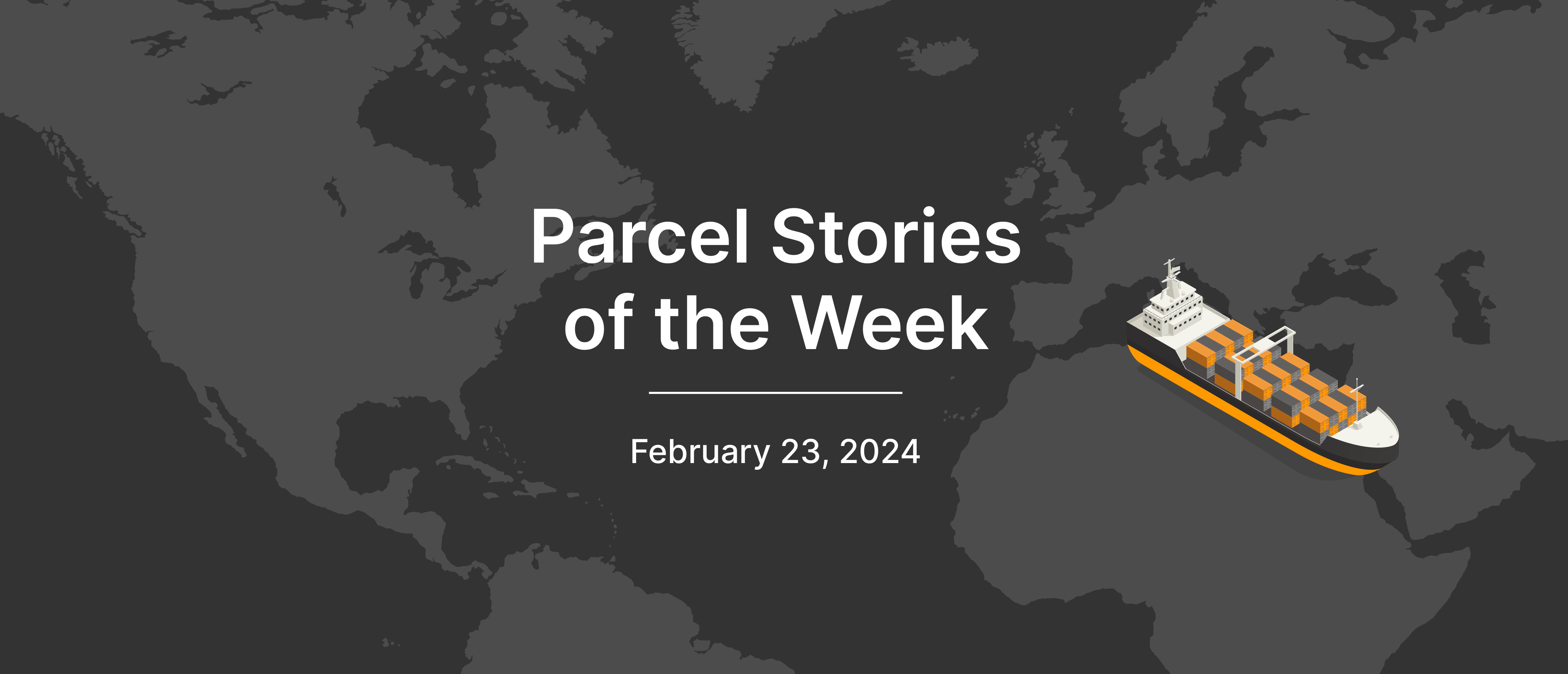This week in parcel, Amazon pushes for more sustainable packaging, declines in freight volume level off, and disruptions in the Red Sea haven’t been felt in the U.S. thanks to better preparation.
Amazon pushes for less packaging in its Ships in Product Packaging program
Amazon has expanded its Ships in Product Packaging (SIPP) program, increasing by hundreds of thousands the number of sellers that use Fulfillment by Amazon. SIPP is only offered to sellers in the U.S. and Canada.
The company ran a pilot program last year that assisted in developing and scaling the project.
One change the program is pushing for is improving the sustainability of its packaging. Amazon announced it was phasing out plastic mailers last year, and one of its fulfillment centers in Ohio has eliminated plastic.
Amazon is giving discounts to sellers who enroll in the SIPP program. The discounts vary depending on package size and weight.
Our take: In addition to the savings incentives offered by Amazon, this program allows sellers to maintain more control over branding and the customer experience, which also has value to online retailers.
Read more here.
Declines in freight volumes are leveling off
Although the shipment components of the Cass Freight Index fell in January, it was in line with a typical January decline. Cass Information Systems notes that it’s been two years since freight reported a year-over-year decline, but rising goods consumption indicates the downturn is near its end.
Spending on freight fell 4% from December to January, and 24% year over year. Overall paid rates were only down 0.5% month over month.
The Truckload Linehaul Index declined 0.6% month over month, and the 5.9% year-over-year decline was the lowest in the last year.
Our take: There are negatives across the board for most freight indices. However, the declines in volumes and expenditures appear to be leveling off in some areas, which is a sign that rates may be settling or soon increasing. This strongly indicates that shippers should be locking in long-term rates ASAP before they go up.
Read more here.
Red Sea disruptions show U.S. transportation was better prepared
Disruptions on the Red Sea last year led to 445 vessels getting rerouted to avoid the region. Ocean cargo has slowed considerably, with an average delay of nearly two weeks. Many carriers are avoiding the region because of safety concerns.
U.S. transportation hasn’t seen significant downstream effects yet. Even when shipping vessels do arrive, analysts believe the U.S. is much better at handling the delayed ships than it was four years ago during COVID.
Although longer transit times equate to higher costs for crews and fuel, one analyst noted that the downstream effects are a mixed bag.
Our take: Although things are looking better, companies should still factor in the impact of delays in the Red Sea and Panama Canal on their supply chains. And, perhaps, be prepared for more costly expedited final mile deliveries to make up for the delays.
Read more here.


